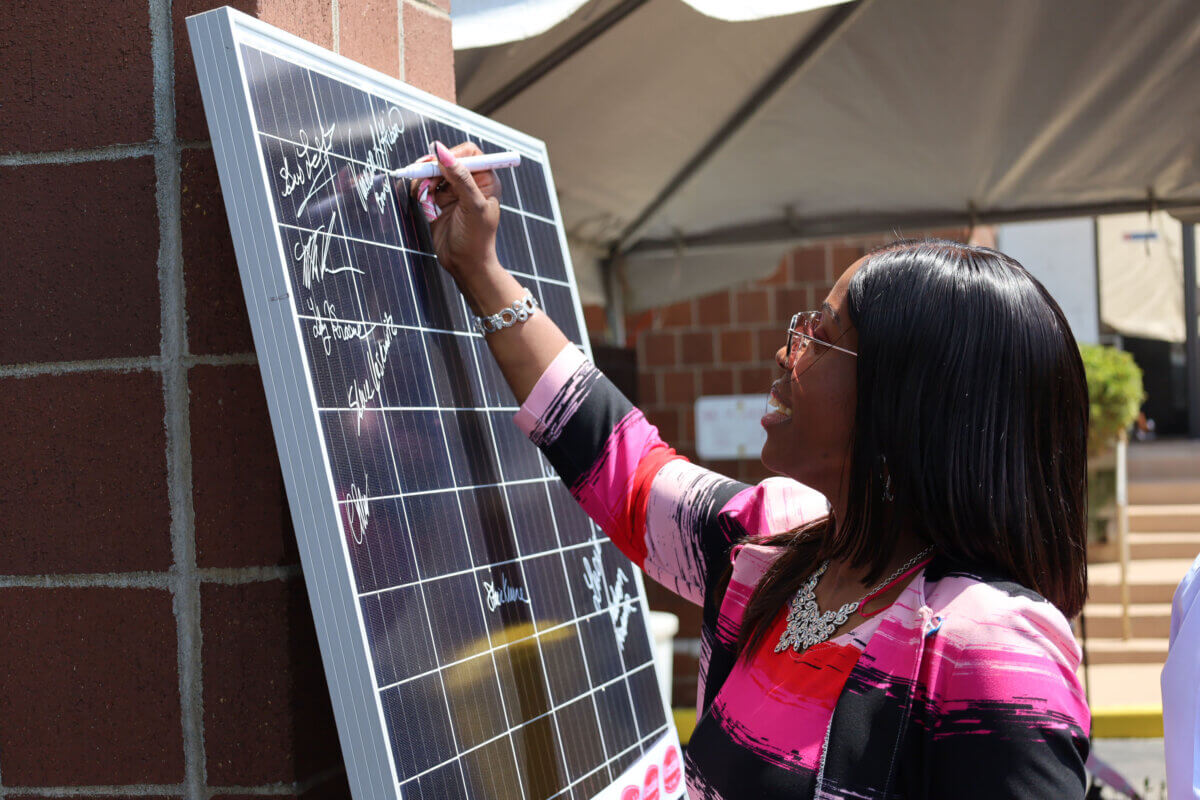According to NYSERDA officials, the program increased the state’s solar deployment by more than 3,000%, leveraged $7.3 billion of private investment, and created 13,400 solar jobs, since its launch in 2011.
Solar panels harness energy from the sun. In NYC, utility companies are required to compensate solar panel users for solar energy generated, which in turn reduces one’s electricity bill.
In addition to poor environmental health, Bronxites also grapples with high utility costs. On average, New York residents spend about $212 per month on electricity, which adds up to $2,544 per year, according to data from NYSERDA.
“We know many residents sometimes are facing the brunt of being rent-burdened. More than 30% of their income is going towards rent, so if you can reduce their electricity bill, you are a friend to The Bronx,” said Bronx Borough President Vanessa Gibson. “So many of our residents have been denied access to clean air and energy efficiency — but now with this new project — we have a real opportunity to invest in our future generations.”
Another benefit of the installation, according to advocates of the solar project, is the effect that solar energy has on the local air quality, which was severely impacted by Canadian wildfires last week and has been a major issue for decades in the South Bronx.
Solar energy technologies and power plants do not produce air pollution or greenhouse gases when operating.
South Bronx residents often describe the maritime industrial area in the Bronx, which stretches from Port Morris to Hunts Point, as a “toxic soup” of environmental hazards, including peaker plants, waste transfer stations and incessant traffic of diesel trucks that has led to severe environmental and health challenges.
The South Bronx, while being one of the most racially diverse areas in New York City and home to the poorest congressional district in the U.S., has one of the highest death and disease rates from asthma in the…
Read the full article here

Leave a Reply